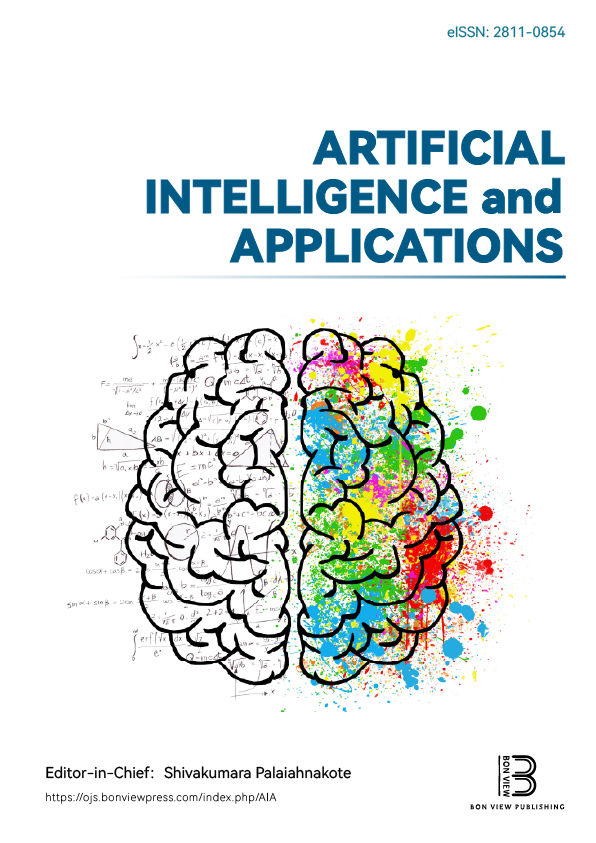Design and Simulation Research of Supine Rehabilitation Robot
DOI:
https://doi.org/10.47852/bonviewAIA52024795Keywords:
supine rehabilitation robot, OpenSim simulation, musculoskeletal model, coupled motion, biomechanical analysisAbstract
Many existing rehabilitation robots are designed with limited functional adaptability. To better assist patients with lower limb deficiencies in rehabilitation, this paper presents a new supine rehabilitation robot designed specifically for the motor rehabilitation needs of the human lower limb. To assess the feasibility of the proposed rehabilitation robot, a coupling model of the supine rehabilitation robot and human musculoskeletal system was constructed. The gait model and the human-robot coupling model were visualized and biomechanically analyzed using OpenSim. This simulation analysis compared changes in muscle activity during gait and coupled motion. The simulation results demonstrate that coupled exercise more effectively stimulates the hip and knee joint-related muscle groups. Additionally, the training targets a broader range of muscle types, with significant improvements observed in the lumbariliac muscle group, broad fascia tensor, adductor muscle group, and suture muscles, showing enhancement rates of 131%, 200%, 571%, and 310%, respectively. These findings confirm that the recumbent rehabilitation robot designed in this study is capable of facilitating effective rehabilitation for the human body and lower limbs.
Received: 13 November 2024 | Revised: 5 March 2025 | Accepted: 11 April 2025
Conflicts of Interest
The authors declare that they have no conflicts of interest to this work.
Data Availability Statement
Data sharing is not applicable to this article as no new data were created or analyzed in this study.
Author Contribution Statement
Yifan Zhao: Conceptualization, Methodology, Software, Formal analysis. Quanyu Wu: Resources, Data curation, Writing – original draft, Funding acquisition. Jiaqi Fan: Writing – review & editing, Visualization. Shuyan Xiao: Software, Supervision. Yongxing Wang: Project administration. Xiaojie Liu: Validation, Investigation. Lingjiao Pan: Methodology, Formal analysis.
Metrics
Downloads
Published
Issue
Section
License
Copyright (c) 2025 Authors

This work is licensed under a Creative Commons Attribution 4.0 International License.
How to Cite
Funding data
-
Basic Research Program of Jiangsu Province
Grant numbers BK20210941 -
Changzhou Municipal Science and Technology Bureau
Grant numbers CE20225045






